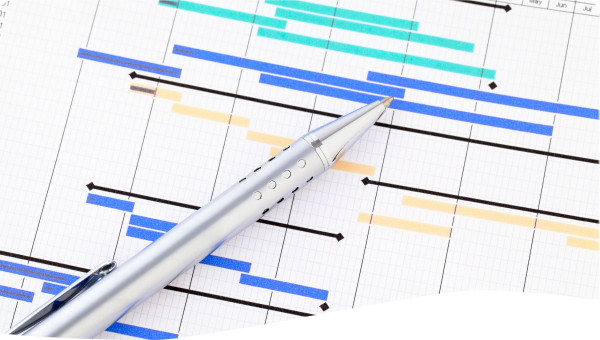Water is one of the most critical natural resources that maintain the ecosystem and support people’s daily life. Pressures on water resources and disaster management are rising primarily due to the unequal spatial and temporal distribution of water resources and pollution, and also partially due to our poor knowledge about the distribution of water resources and poor management of their usage. Remote sensing provides critical data for mapping water resources, measuring hydrological fluxes, monitoring drought and flooding inundation, while geographic information systems (GIS) provide the best tools for water resources, drought and flood risk management. This special issue presents the best practices, cutting-edge technologies and applications of remote sensing, GIS and hydrological models for water resource mapping, satellite rainfall measurements, runoff simulation, water body and flood inundation mapping, and risk management. The latest technologies applied include 3D surface model analysis and visualization of glaciers, unmanned aerial vehicle (UAV) video image classification for turfgrass mapping and irrigation planning, ground penetration radar for soil moisture estimation, the Tropical Rainfall Measuring Mission (TRMM) and the Global Precipitation Measurement (GPM) satellite rainfall measurements, storm hyetography analysis, rainfall runoff and urban flooding simulation, and satellite radar and optical image classification for urban water bodies and flooding inundation. The application of those technologies is expected to greatly relieve the pressures on water resources and allow better mitigation of and adaptation to the disastrous impact of droughts and flooding.
Description / Abstract
Publication year
Thematic Tagging
English
 Resource -
Resource -
